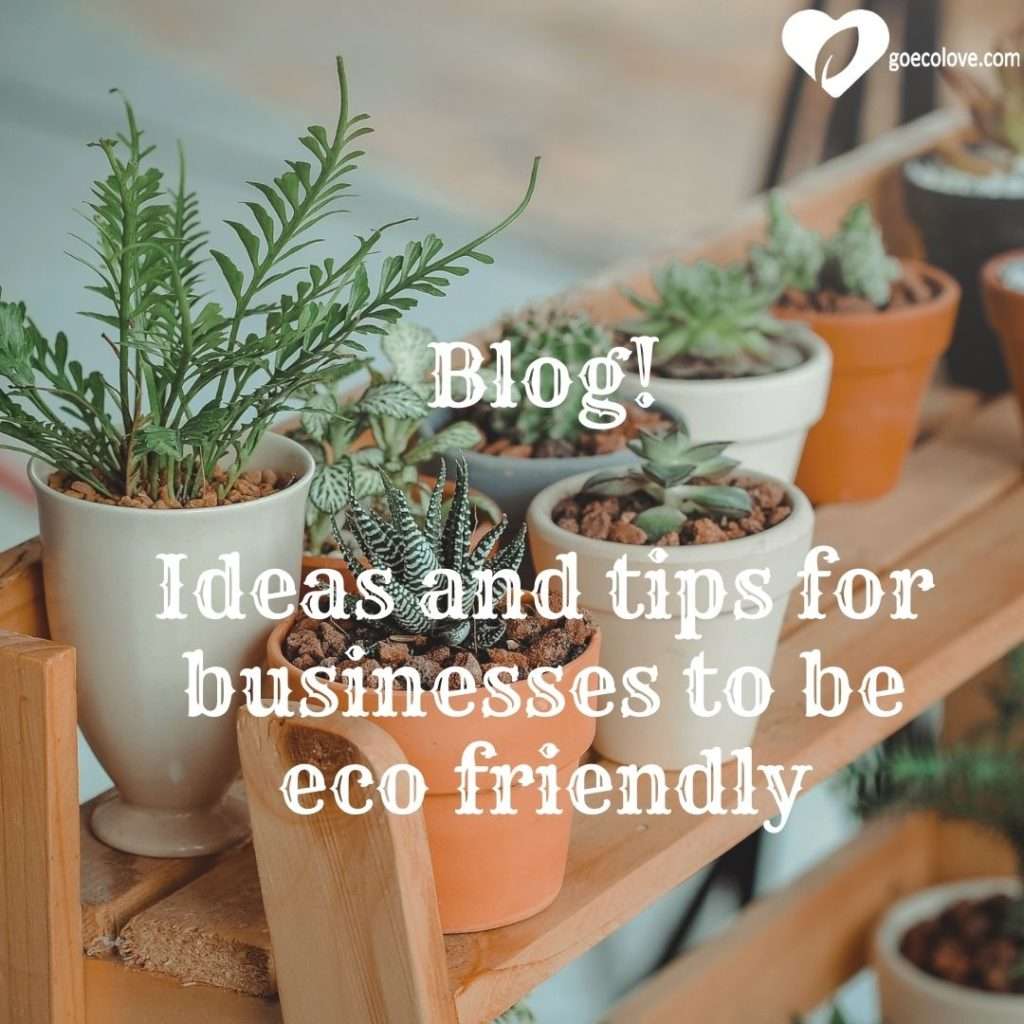The environment is a shared space where we all meet together. Being kind to the environment is an important consideration, and teaching kids to be eco-friendly is especially important. Remember they are the future generation.
Life is a cyclic process of constant learning and those who are learning the most are children. Parents are the role models for their kids. They learn best by watching and interacting with their parents. So parents and adults around them need to behave responsibly. As parents, we need to teach them about how to take care of the planet. If we want our children to be aware of how important the earth is, we need to teach them with our actions and our words.
It’s important to pass down skills on how to love and care for the environment to the children.
Here are some ways you can teach your child to love the environment and take care of it. If one option doesn’t work, there are many other ways available; just use the one that suits your child best.
1. Spend time outside in nature
The best way to start your child on the eco-conscious journey is to show them the love of the outdoors. Take them to places like parks to play, out fishing, for bicycle rides and on hiking trails or even for camping. In the process, your children will associate the outdoors with fun and adopt habits that conserve the environment.
2. Shopping for children
Explain to children that they can buy more eco-friendly items, whether it is clothing, toys, or other items. Analyze each of your shopping choices with the children. You will be surprised at how much they already know. Teach children to find deals and coupons online rather than collecting them from newspapers and magazines. This way, they can learn to go paperless and also get a sense of saving money. Parents can also teach kids to shop for second-hand (reused) items, clothing, and toys.
3. Encouraging the reusing and recycling of materials
Teaching your children about reusing and recycling materials is an art in itself. There is one activity that helps keep our surroundings clean: recycling. Make recycling a habit in your home and teach your children to separate trash and have different bins for each type. Also, go with them when you are dumping the waste so they can see how organized recycling can be and adapt it as a way of life.
Boxes, wrapping papers, toilet paper rolls, and plastics can be reused for special purposes. Help kids to make creative and decorative boxes that they can use for school stationary, closets, or elsewhere.
4. Conserve water and food
Teaching children how to preserve food and beverages in the fridge or freezer is a fantastic way to avoid throwing away huge amounts of food leftovers. Don’t forget about lowering the water usage in your household. Teaching your kids to turn off the tap when they are done with one task is not so hard. Just keep emphasizing this action to them.
5. Encourage children to use environmentally friendly means of transport
Teach the children to walk or ride a cycle to a place they need to go that is not far away from home. It’s a great way to save fuel and also minimize air pollution. Make sure you explain to your children the effects of air pollution.
6. Plant a small garden
A great way to raise an eco-conscious kid is to teach them sustainable gardening. Growing things and playing in soil is a great way to make a child appreciate nature. During your activities, teach them how to create manure using recycled waste. Teach children to plant a tree, and let them experience the wonders of nature.
Tell them they can serve humanity by just planting a tree, as it gives oxygen which all humans can absorb. Trees can also provide fruits, vegetables, fibers, wood, and a shelter for animals and birds.
There is a famous quote: “He, who plants trees, loves others beside himself.” – Dr. Thomas Fuller.
7. Cleaning
Teach your children to pick after themselves and deposit waste responsibly. Have you seen adults that throw trash around in public? These are probably individuals that were not taught the importance of proper waste disposal in their childhood. Your child should always know that littering is wrong. They should know how to clear after themselves and take each item of litter to its appropriate disposal point.
8. Encourage eco-friendly tasks
We should give some independence to our children while performing certain eco-friendly tasks. Kids can be taught to independently turn off the lights when they are not being used, unplug devices that are not being used, turn off the water-tap while brushing their teeth, or open the windows for a fresh breeze. This will create a sense of responsibility and a connection towards eco-friendly living. Each time a child engages in such tasks, praise and reinforce them.
Kids can be taught how to respect the environment. It’s all about explaining it in ways that are fun, interesting, and easy to understand. Kids are eager to help, step by step.
“Never doubt that a small group of thoughtful committed citizens can change the world; indeed, it is the only thing it ever has.” –Margaret Mead. Remember this small group of thoughtful committed citizens do not have to be adults. Start young. Start slow. Encourage one another.



